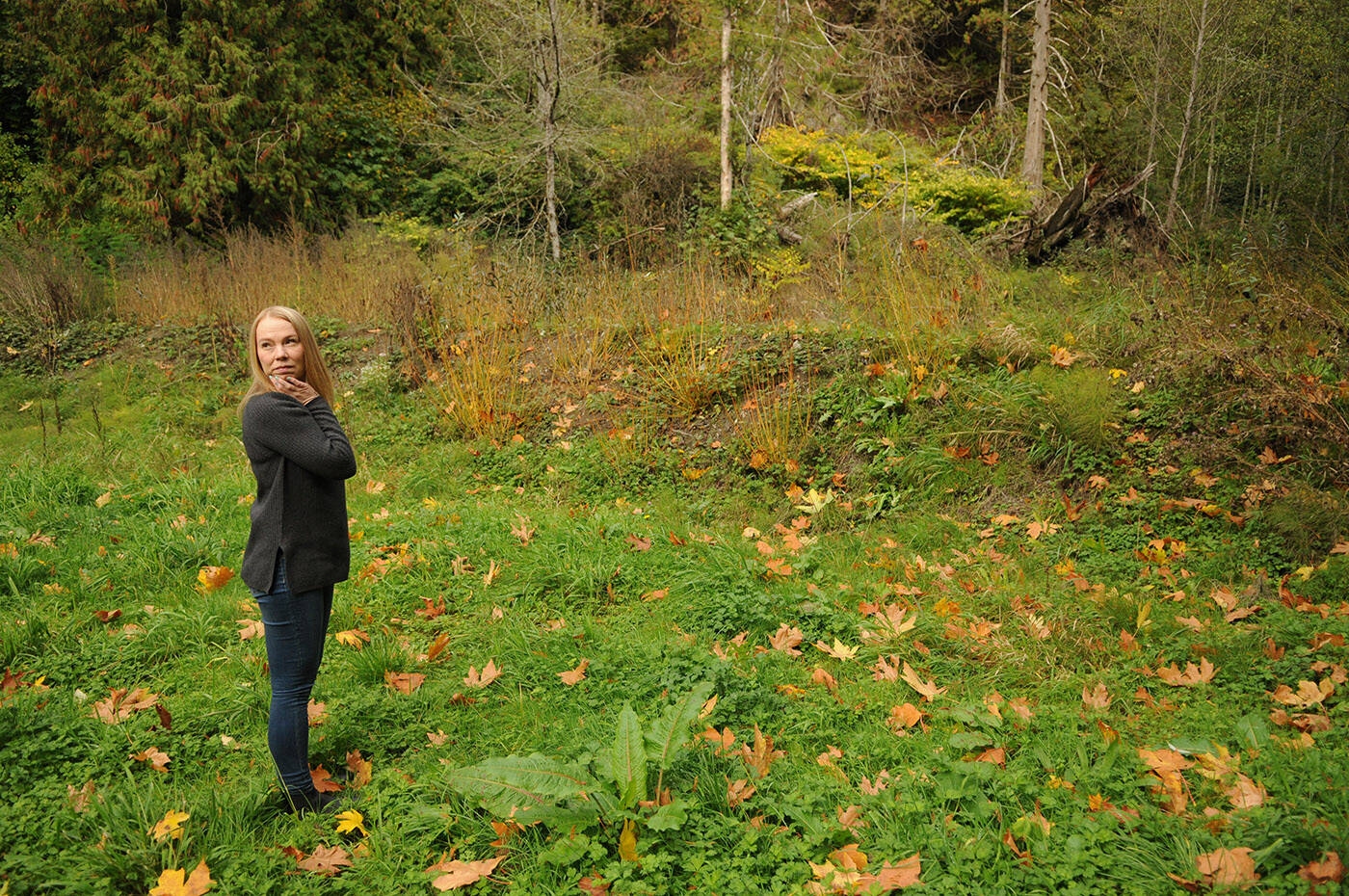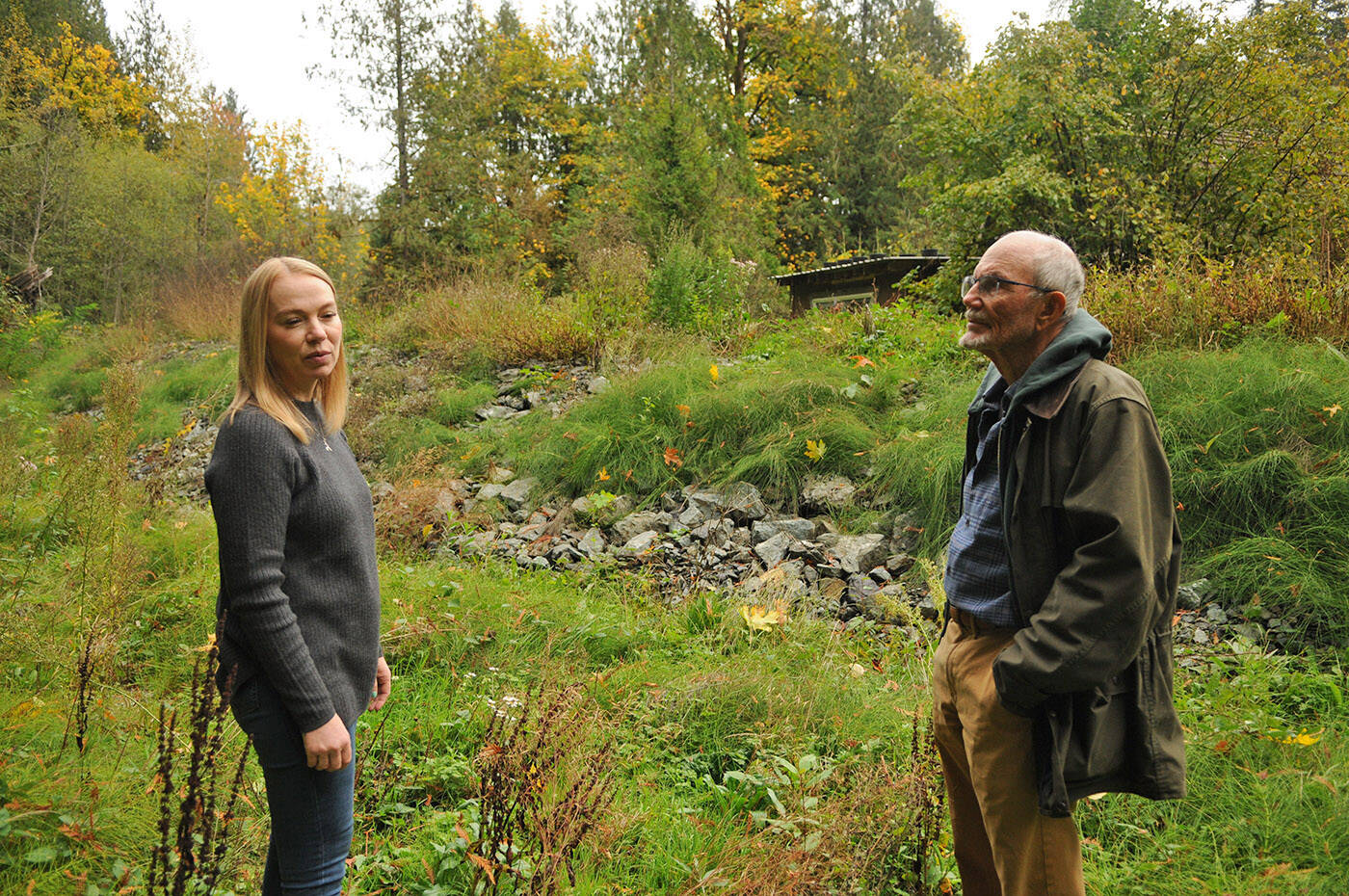Six homeowners whose Chilliwack River Valley homes were rendered inhabitable from 2021 atmospheric river events are between the proverbial rock and a hard place – unless the provincial government buys them out.
FVRD Electoral Area E rep Patti MacAhonic has been advocating for the six homeowners who are stuck in a nightmarish financial limbo, unable to move forward or recover.
“These families need resolution. They have suffered heart attacks. Some have marriages on the rocks. It’s been horrific and they keep getting more bad news,” she said.
The six were told in May that mitigation of their homes was not going to be feasible.
“As these residents prepare for the two-year anniversary of the weekend that changed their lives forever, I have asked the Province of British Columbia to immediately take action and provide a financial solution so that they may begin the process of recovery,” MacAhonic said.
Some are still living in the houses, even if deemed unsafe, and they have to still pay taxes on them.
“Putting them through this wait is terrible,” MacAhonic said.
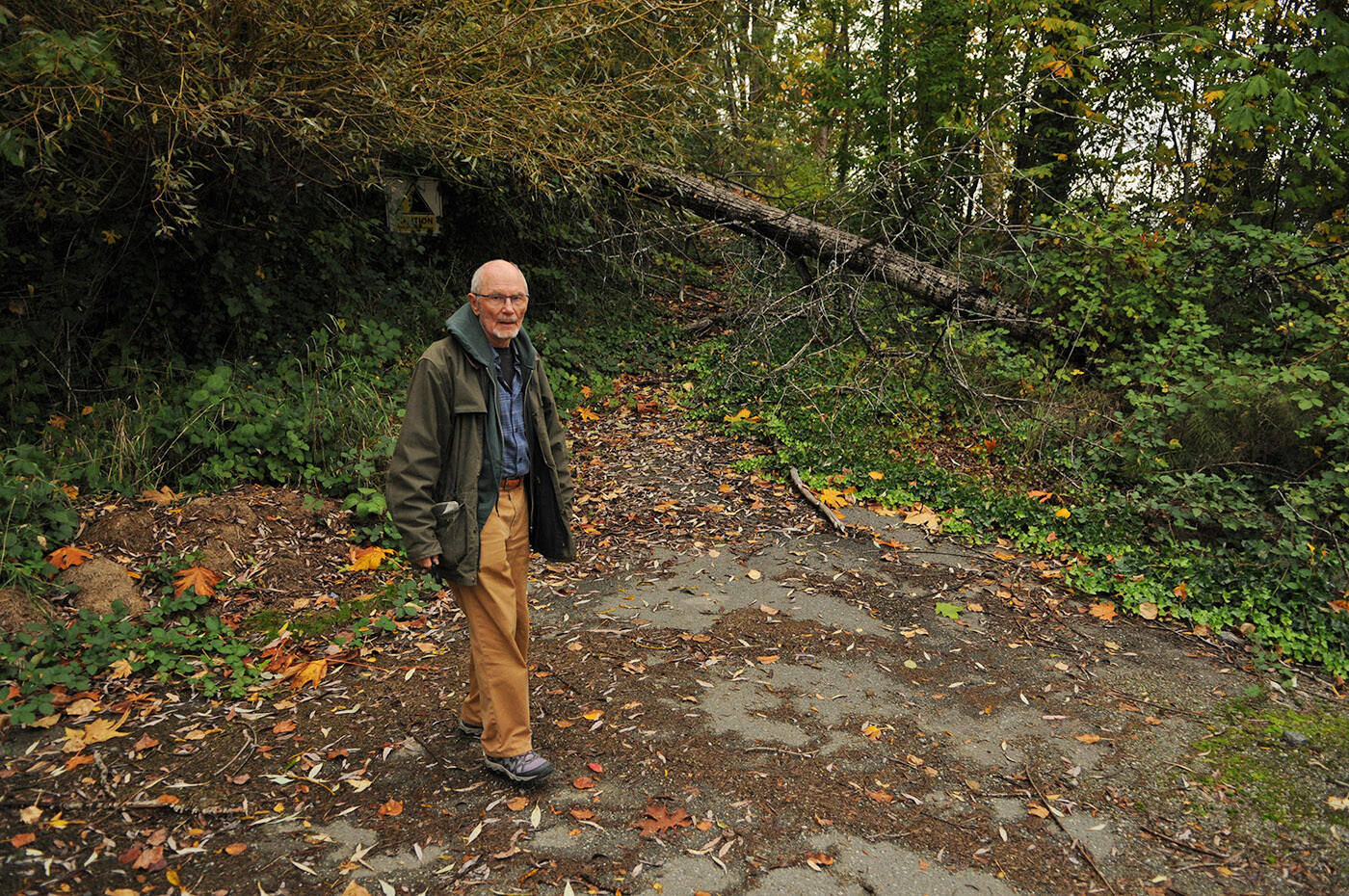
Homeowner Richard Holmes is one of the six, who along with his wife, lost everything including the family home of 40 years.
“The house is destroyed, the property is destroyed,” Holmes said.
His driveway is now a 20-foot cliff, and completely inaccessible, so they are in a rental home.
“What’s really important to note is that there has been a complete failure to act on the part of government.”
Two years with no action.
“Why? I don’t know, callous indifference?” Holmes replied despondently. “How can one defend a two-year delay?”
The destruction was caused by adjacent Crown land failing, he underlined, and it crushed his land.
“My whole property was concertinaed,” Holmes said, using the term that describes the accordion-like collapse of the land in layers.
“And it was government land that destroyed my property. I would like Premier Eby to acknowledge the gravity of this and take immediate steps to come up with a fair and just resolution. Enough already.”
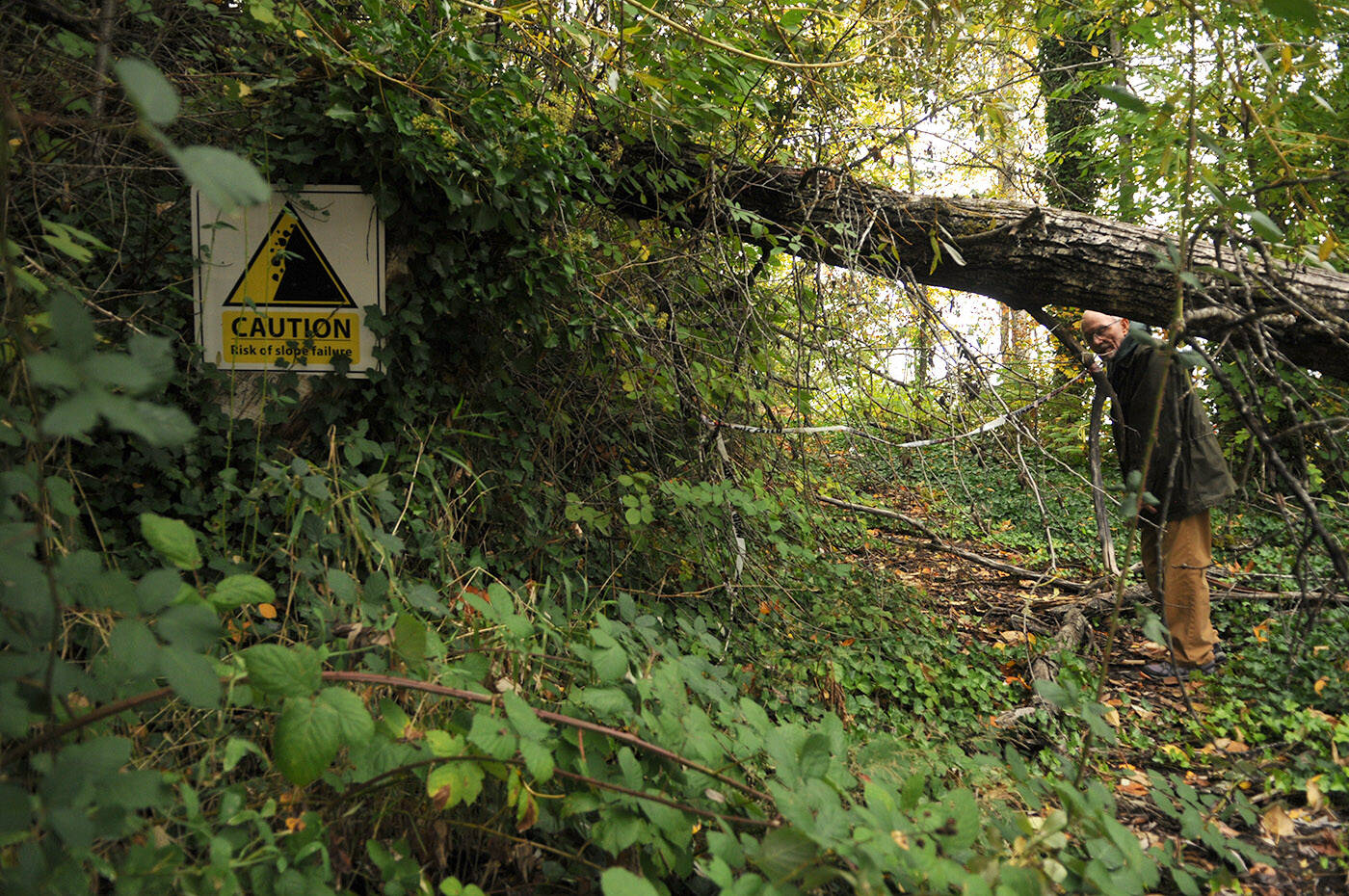
The FVRD suffered a whopping 70 incidents across the vast territory during the 2021 weather disaster, where some of its 5,500 residents faced evacuation alerts and orders.
The isolation was a surprisingly painful part of the nightmare.
Homeowner Wendy Hornberg said their claim for disaster financial assistance was denied because the home wasn’t technically destroyed in the landslides.
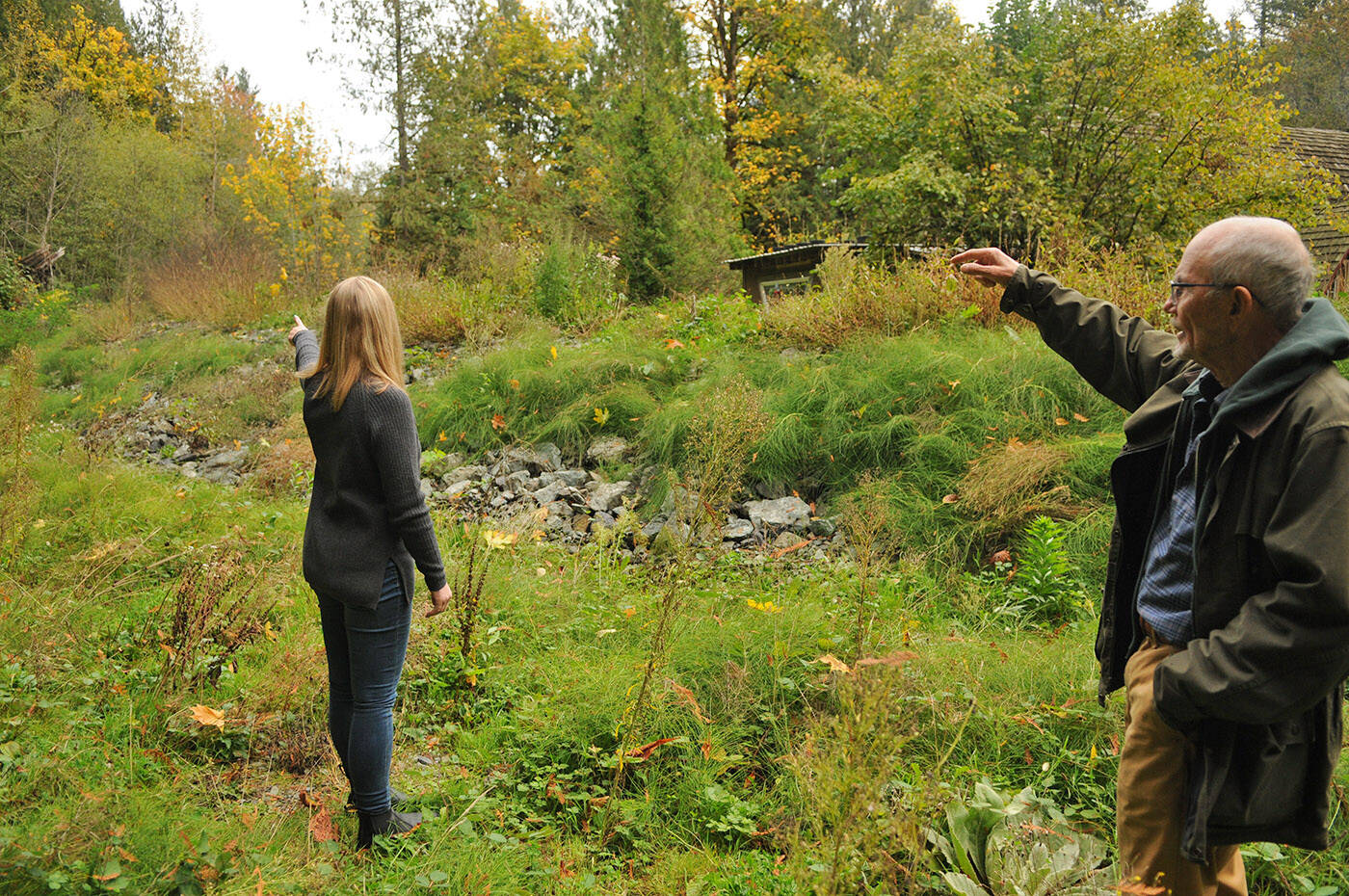
“The land that is shifting behind our home is Crown land, making it the government’s responsibility to fix it,” Hornberg said.
With all eyes focused almost exclusively on the Sumas Prairie damage in 2021, it was extremely traumatizing to find their voices were totally lost in the din.
“No one knew our story, or what happened to us on Chilliwack Lake Road,” Hornberg said, adding that she continued to work, while living out of an RV in a friend’s driveway.
The six homeowners did not know of each other’s plights either at the time, aside from next-door neighbours, so it furthered that wrenching sense of isolation.
“The hardest part for me has been that I have been tireless in my efforts to reach out to the people in a position to help us, with emails, questions, and all I have gotten is placating responses, as opposed to tangible solutions.”
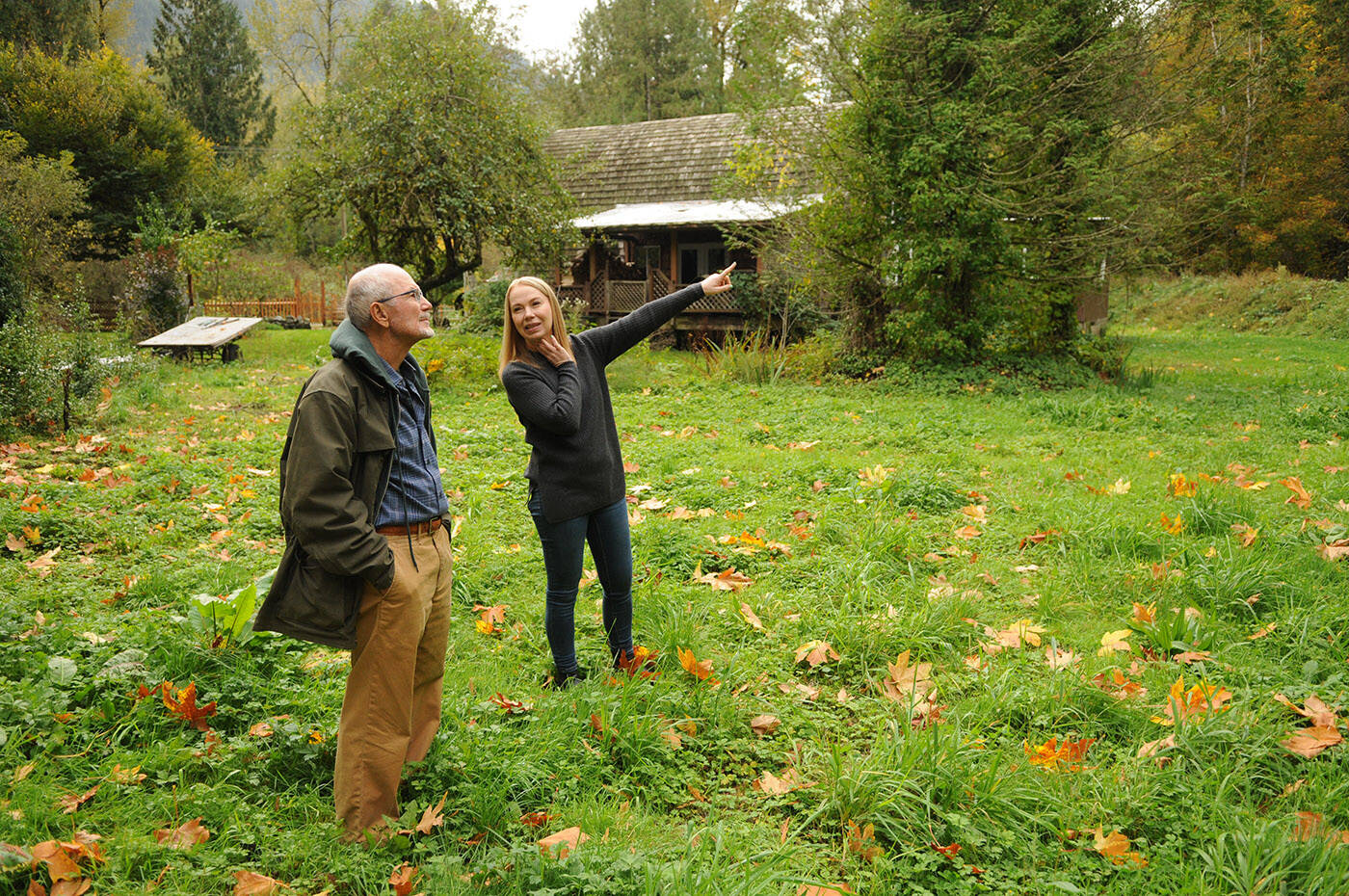
Most property owners affected by this disaster have already been paid out by private insurance or Disaster Financial Assistance (DFA) but in the CRV, these owners have been told their homes are not safe to occupy, and that mitigation work is not possible.
FVRD contracted out for assessments to evaluate geo-hazard conditions, with assessments completed by KWL Engineering, Statlu Environmental, and Geowest Engineering and Cordilleran Geoscience. Those reports showed the properties were no longer safe to occupy given the substantially greater risk of landslides.
MacAhonic is now worried the owners will be left high and dry.
“With the two-year anniversary approaching, it has been reported to me by residents that once it passes they will not be able to sue the provincial government for any damages that it may have been responsible for.”
There is precedent for this kind of compensation, MacAhonic argued. The province has previously enabled financial payouts for properties affected by natural disasters in other parts of the Fraser Valley.
“With the risk of catastrophic landslides attached to their properties, it is unlikely they will be able to sell in the open market at a reasonable price. Many are forced to remain in these homes, knowing the risks. As the rainy season approaches each year, these families are living in fear.”
One of the engineering reports makes it clear a large landslide in the CRV is inevitable down the line, and as such, a landslide or slides would “damage or destroy any structures and kill anyone inside.”
According to the experts, the nature of the slope movement is related to deep-seated rotational slump, which is why mitigation is likely to be cost-prohibitive or ineffective.
On November 30, 2022, EMCR formally advised that DFA funding would not be available to these residents since “no physical damage exists,” and last May they were told mitigation was not possible.
The assessed value of the six properties in question in 2021 was under $5 million, which is how much the province should pay out to the owners in all fairness, MacAhonic added.
A brief statement from the Ministry of Emergency Management and Climate Readiness on Oct. 17 did not answer the one very specific question from The Progress, namely if the province would be purchasing the six properties in the Chilliwack River Valley.
“We recognize that this has been an extremely challenging situation for the impacted residents,” according the ministry statement. “The Province is continuing to work with the Fraser Valley Regional District to explore all possibilities for the best ways to support residents.
“Through our partnership with the Canadian Red Cross, residents are receiving financial assistance to help with temporary accommodations, emotional and well-being supports, moving expenses and storage expenses.”
